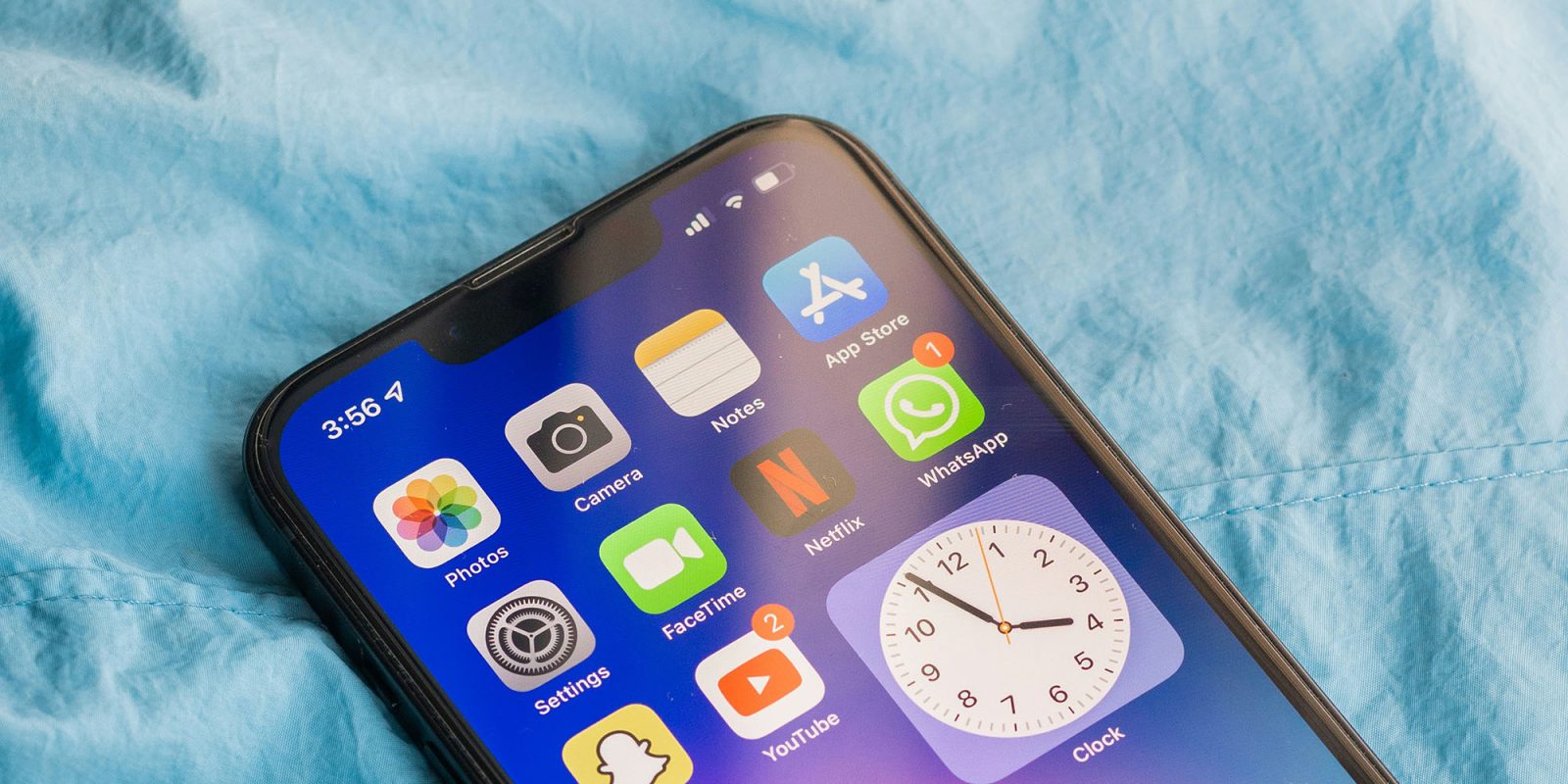
A new supply-chain report says that Samsung declined to make displays for the iPhone SE 4, expected to debut in 2025 with a major upgrade.
The Korean report says that Samsung was unable to reach agreement with Apple on the price of the displays, and so they will instead be made by China’s BOE …
iPhone SE 4
We first heard about plans for a major upgrade to Apple’s entry-level phone in November of last year. The company was said to be planning to ditch the Home button and bring the iPhone SE 4 in line with today’s all-screen design.
This was corroborated by a subsequent report, stating that Apple will use the display from the iPhone 13, which is essentially the same as that used in the iPhone 14.
We’ve noted before that re-using technology from older iPhones is a good way to minimize costs, as all of the R&D work has already been done and costed into the existing production runs.
At the time, Samsung, BOE, and Tianma were said to be competing for contracts to manufacture the displays.
Samsung declined, says supply-chain report
IT Home today cites a Korean report that all the iPhone SE 4 displays will now be made by China’s BOE, after Samsung withdrew from negotiations.
According to South Korean media ZDNet Korea, BOE took the lead in becoming the screen supplier of Apple’s iPhone SE 4, and Samsung showed that it withdrew from the negotiations due to price problems […]
Samsung [reportedly] abandoned supply negotiations for price reasons in the middle of this month, mainly because Apple’s price was only $25. Samsung’s previous offer was $30.
The report says that Tianma failed to show that it could meet Apple’s quality standards for the display, so BOE has now been awarded the sole contract.
Some risk, but neither company will be too unhappy
The switch to BOE does introduce some level of risk. Samsung, which previously made the displays for the iPhone 13 and 14, will have ironed out all the production line challenges, enabling it to achieve high yields from the start. While BOE can take the lessons learned from Samsung, there are still likely to be some glitches along the way to mass production.
Apple also generally likes to have multiple suppliers, both to reduce risk and to maximize its negotiating power.
But given that this isn’t a flagship product, and Apple wasn’t able to get its way on price with Samsung, it will likely be satisfied with the outcome. Samsung, too, has clearly made the decision that it doesn’t make commercial sense to take razor-thin margins on an older product when it has a strong revenue stream making displays for flagship iPhones.
FTC: We use income earning auto affiliate links. More.




![[CITYPNG.COM]White Google Play PlayStore Logo – 1500×1500](https://startupnews.fyi/wp-content/uploads/2025/08/CITYPNG.COMWhite-Google-Play-PlayStore-Logo-1500x1500-1-630x630.png)